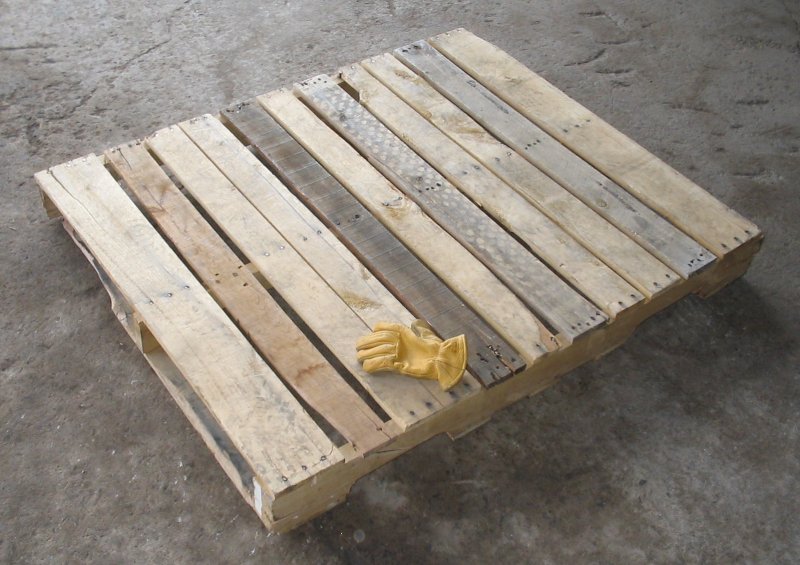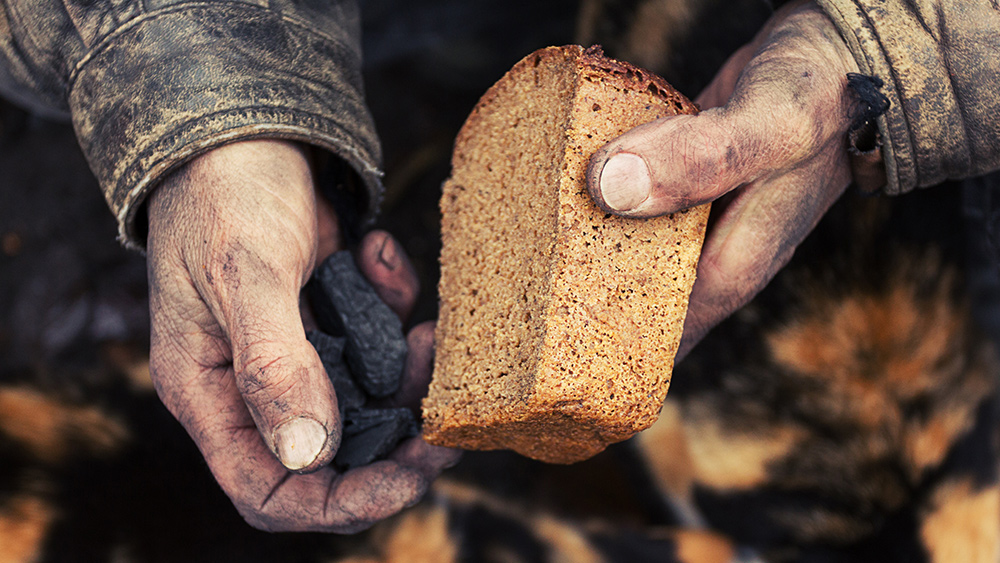
Advertisement
(Homesteading.news) Using repurposed materials for your home garden is a win-win. Not only are recycled materials more sustainable and better for the environment, but they also add a rustic-looking, decorative touch to your garden.
Currently, one of the most popular gardening trends are small vertical gardens, typically made possible using recycled wooden pallets. While an excellent, resourceful idea, it’s very important to verify your pallet’s background before planting flowers, herbs, succulents and other plants into it.
Recycled and restored wooden pallets can be used in a variety ways, including as a coffee table, wine holder, shelving, outdoor steps, chicken coop and gardening platforms, the latter of which we will be discussing here today.
Although in high demand due to their popularity, pallets can be found for free just about anywhere. The best places to look are small businesses, as they typically don’t have the resources or volume to hire outside companies to unload their leftover scrap and spare materials.
Small businesses are a great place to find wooden pallets for DIY projects
Large commercial manufacturing businesses are more likely to have pallet pick-up services, making it more difficult to access free pallets. These pallets are also known to contain more hazardous chemicals due to industrial practices; the last thing you want your herbs coming in contact with is toxic chemicals.
Smaller businesses such as small garden and hardware stores, motorcycle shops, and lawnmower and power equipment stores are your best bet, as they’re inundated with wooden pallets and shipping crates almost daily, and may even be struggling to get rid of them. They’re also more likely to be clean if they have been previously used to ship brand new equipment, according to OldWorldGardenFarms.com.
Construction sites can also be a good place to check for wooden pallets and materials. Next time you spot one, simply ask the construction crew if you can rummage through their scrap lumber pile. They’ll like be obliged since most of this ends up in the dumpster any way.

Remember to avoid any wooden pallets that look oily or stained with any other unknown substances
Now that you’ve located some wooden pallets for your garden, the next thing you want to do is check their background, specifically looking for chemical contamination. Although banned in Canada due to the health risk it poses to workers, pallets are commonly treated with methyl bromide, a “broad spectrum pesticide” used to control insects, weeds, pathogens and rodents, according to Toxipedia.
Primarily used in the U.S. as a fumigant to control fungi, nematodes and weeds, methyl bromide, or MB, can cause adverse health effects in humans including labored breathing, convulsions, vomiting, weakness and many other side effects.
Exposure to the skin can result in tingling and itching, and if absorbed by the skin it can cause redness, blisters and burning sensations, all good reasons for not wanting this toxicant in your garden.
If your pallet contains an “MB” label, avoid using it for any DIY projects, and instead locate a waste-removal company that can properly dispose of it.
Every pallet has a label stamped on it somewhere, providing information regarding its manufacture and uses, according to PreparednessMama.com. If your pallet has no labels whatsoever, avoid using it.
Most pallets contain the following codes:
- The country where it originated
- The IPPC logo
- How it was treated
- May contain a unique numerical code
- Logo for identifying the inspector
Pallets marked “HTv (heat treatment) are generally safe to use; however, “DB” simply means “debarked” and has no bearing on the pallet’s safety.
“[W]ooden pallets manufactured in Canada or the US undergo a pest control treatment called heat treating (HT) which involves heating the pallet to minimum core temperature of 56°C for softwoods and 60°C for hardwoods for a minimum of 30 minutes in a kiln,” according to 1001Pallets.com.
Sources:
Reporting by Julie Wilson, NaturalNews.com.
Homesteading.news is part of the USA Features Media network. Click here to see all current headlines.
Submit a correction >>
Advertisement
Advertisements















